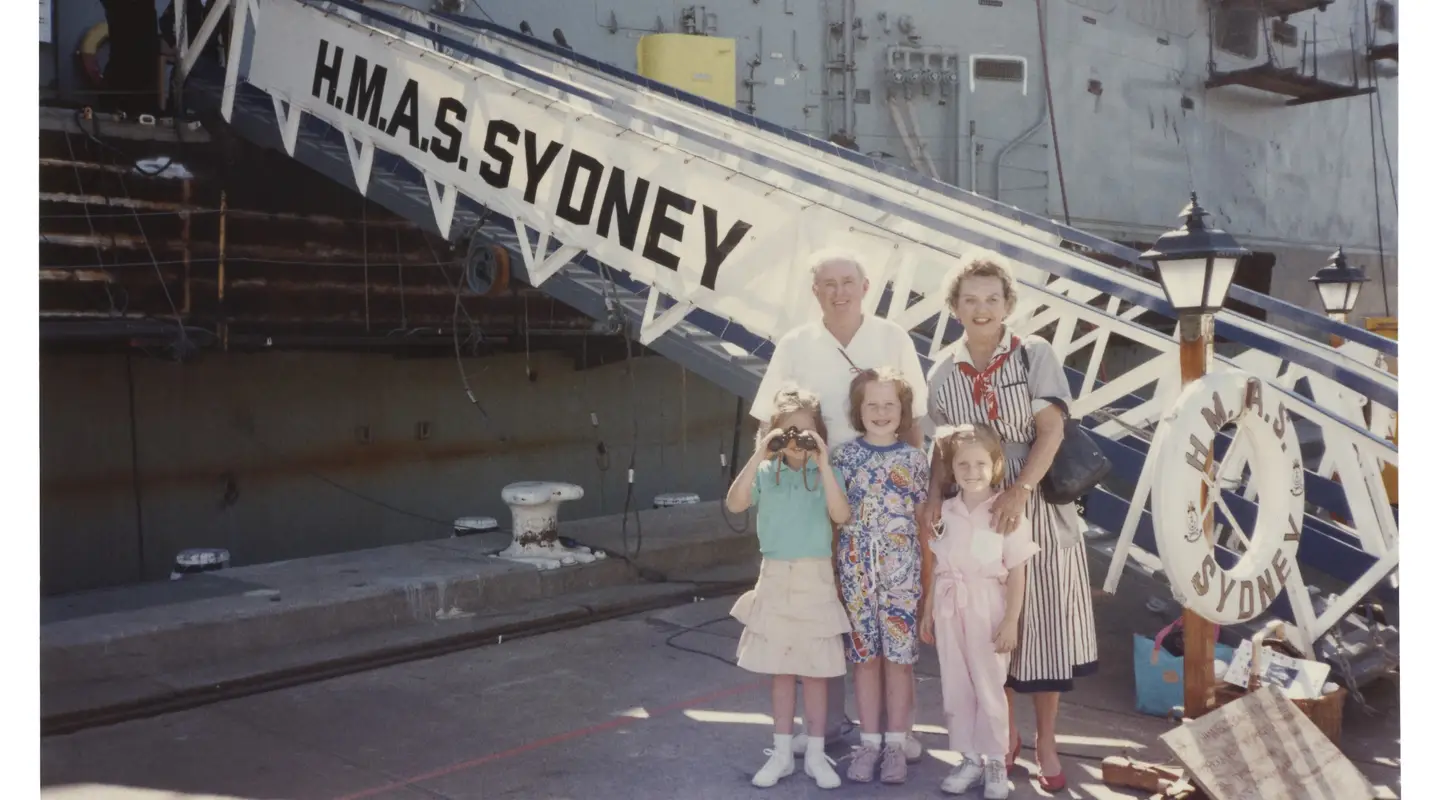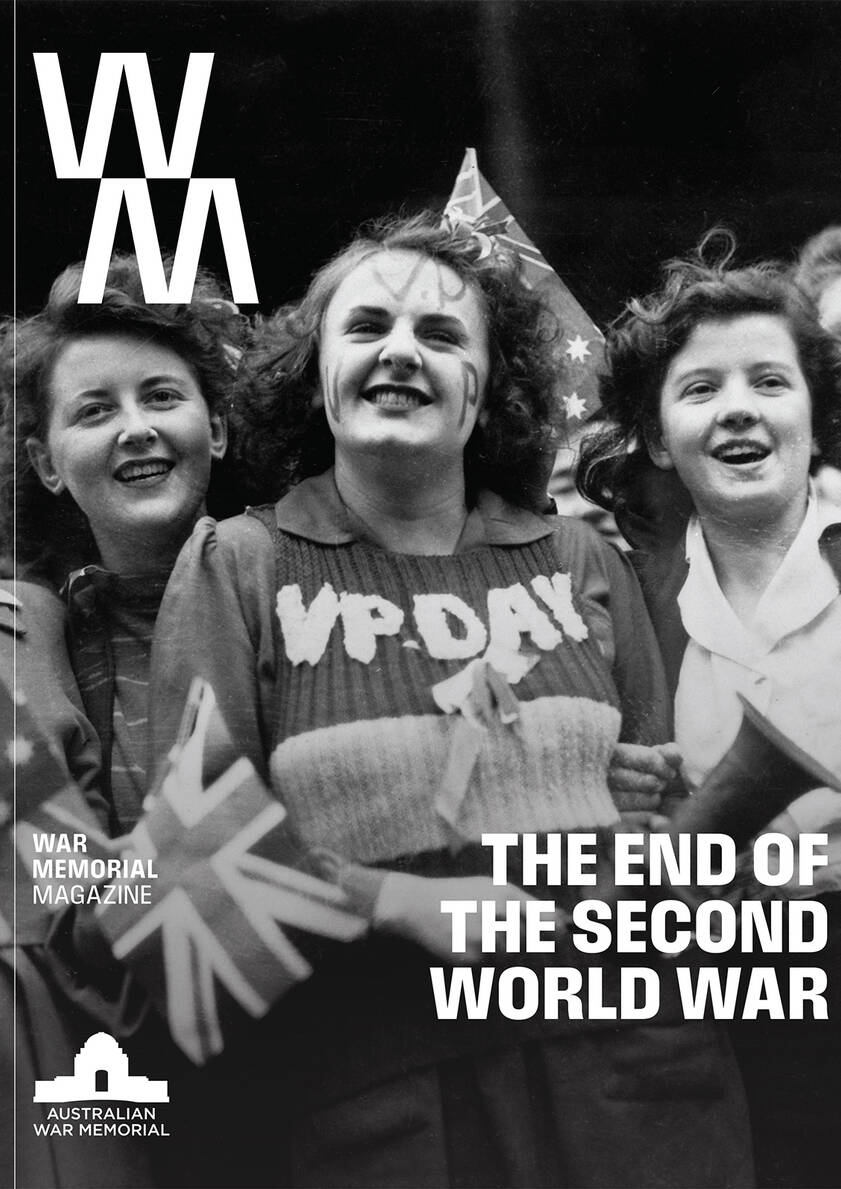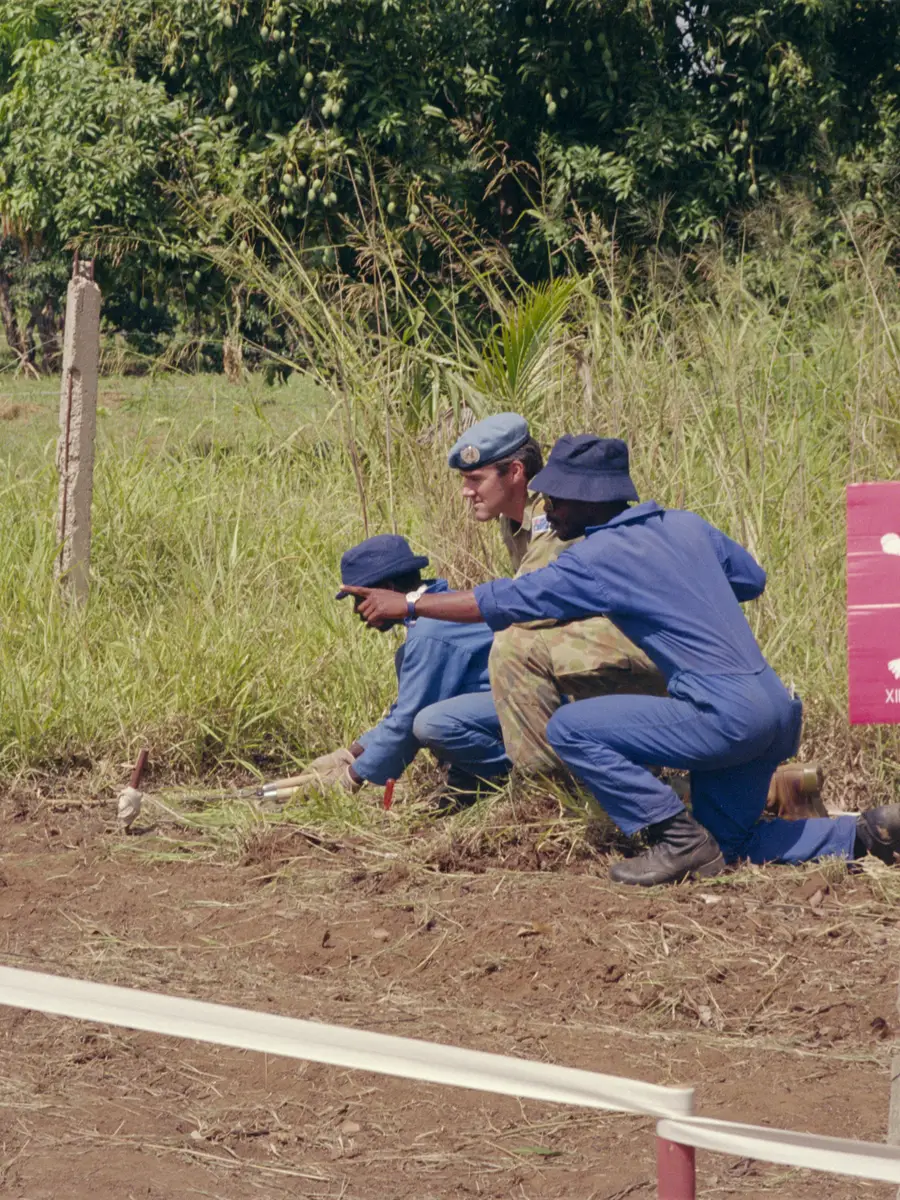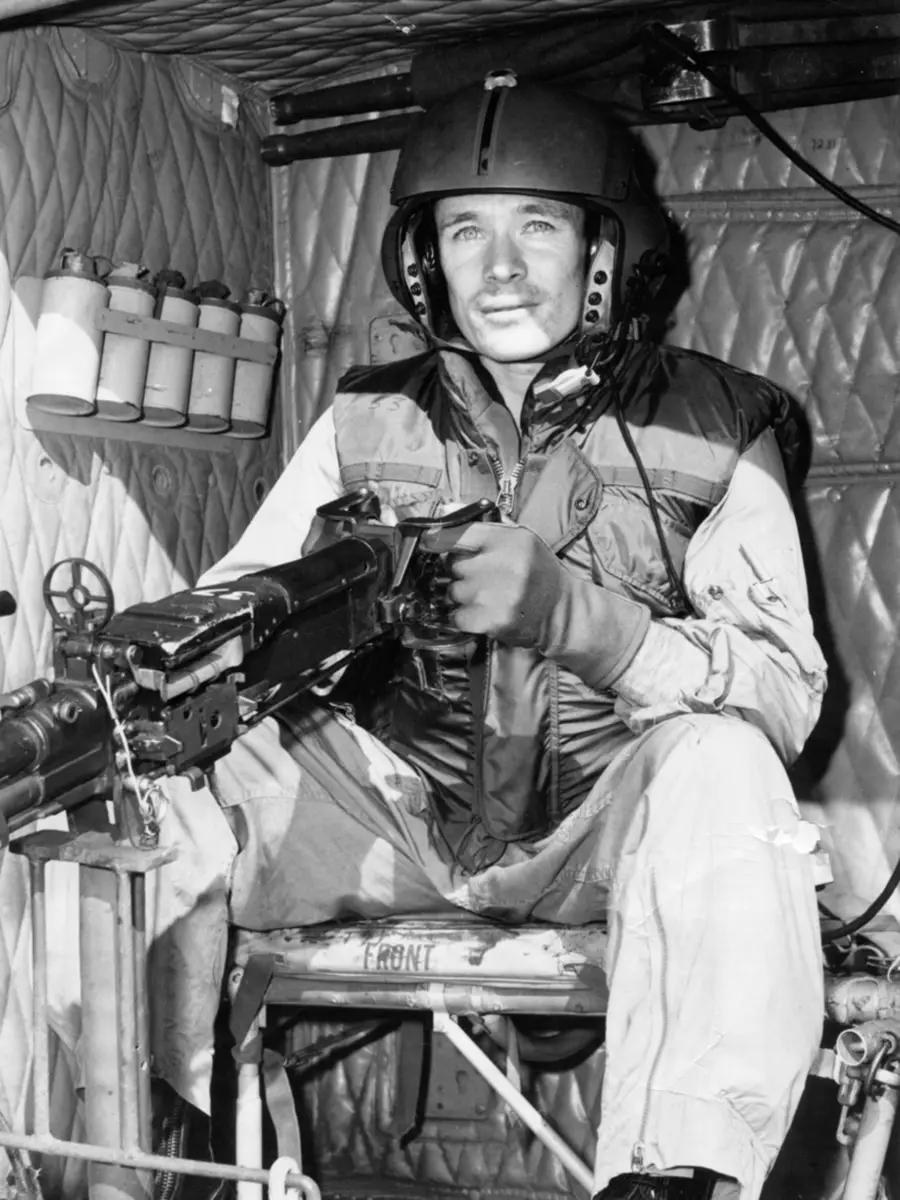A Wollongong builder, a nurse, an Ararat grocer and a bank clerk. Two high school kids – one an emerging sportsman from the country, the other an aspiring academic from the coast. Normal Australians. Destined for glory, or doing their bit? My family.
The story I am most familiar with is my father’s. A naval officer from the age of 15, his career shaped our family; the idea of the Navy was not necessarily definitive but formative for us. It was not until I was older that I understood that both my grandfathers had fought in the Second World War. In year 12 I undertook an assignment about the decorated nurse in our family. I gained another new perspective when I met my husband, a serving naval aviator.
Even more recently, I realised a profound sense of pride when I learned about my great-grandfather and his service in the First World War. It was emotional to discover that he had taken part in the Gallipoli landings, an event so influential in defining what it means to be Australian.
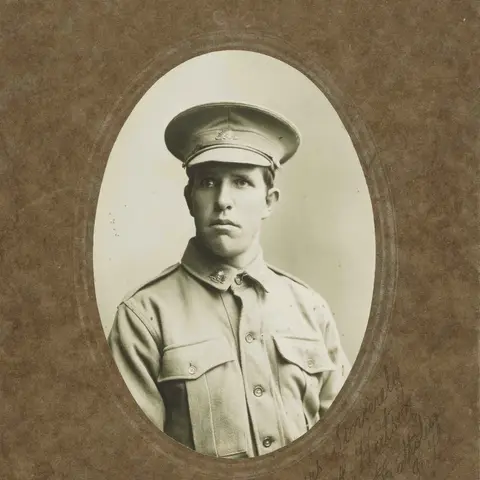
Holly’s great-grandfather Arthur Henry Watson.
Through their varied service, over more than 100 years, they experienced war and peace in places and during events that have shaped the military history of our nation: Egypt, the Western Front, New Guinea, Bougainville, Borneo, Vietnam, the Persian Gulf, Lemnos and the Middle East Area of Operations.
They served in the 1st Australian Imperial Force (AIF), the Australian Army Nursing Service, the 2/12th Battalion, the Papuan Infantry Battalion, the Royal Australian Navy and the Fleet Air Arm. We are an unremarkable family and our story mirrors that of so many Australian families. When taken as a whole, though, from a particular perspective, it allows us to see an arc of service from Gallipoli to the present day.
Arthur, a builder, joined the 4th Battalion, 1st AIF, in November 1914. He spent time in Egypt and landed on Gallipoli on 25 April 1915. He was assigned to trench garrison duties at McLaurin’s Hill until he was evacuated with rheumatic fever at the end of June. Arthur returned to Sydney, where he discharged and immediately re-enlisted in September 1916. He was sent to the Western Front to rejoin his old battalion, where he spent a cold winter before being wounded in March 1917. The records are sketchy, but we know he was evacuated to Rouen.
At this point our family history reaches a somewhat fantastical intersection. While there is no record, I like to imagine that Arthur may have encountered my maternal great-great-aunt Nell, Head Sister at No 1. Australian General Hospital in Rouen at that time. She served from 1914 until 1919 and was awarded the Royal Red Cross decoration ‘in recognition of her valuable services with armies in the field’.
Arthur returned to Australia in late 1918 and married Olive; their only child was my grandmother, Muriel Jean. Sadly, Arthur never fully recovered from his experiences and died in a returned serviceman’s home in Randwick in 1942.
My maternal grandfather John, known as Jack, fought with the Papuan Infantry Battalion. He joined up on 17 December 1941, possibly as a reaction to the shock felt at the Japanese bombing of Pearl Harbor and Malaya 10 days before. During the next five years he served in New Guinea and Bougainville. My only tangible memory related to his service is that, as children, we used his PIB kit bag to hold fishing tackle.
My Poppa, Ken, fought in New Guinea and Borneo after enlisting in April 1940. Again, I do not know much about his service, except that he was shot during the Balikpapan landings. My father has his compass and I have his wooden trunk – name and battalion colours painted on, rope handles and Lockwood padlock intact. It is my most treasured possession.
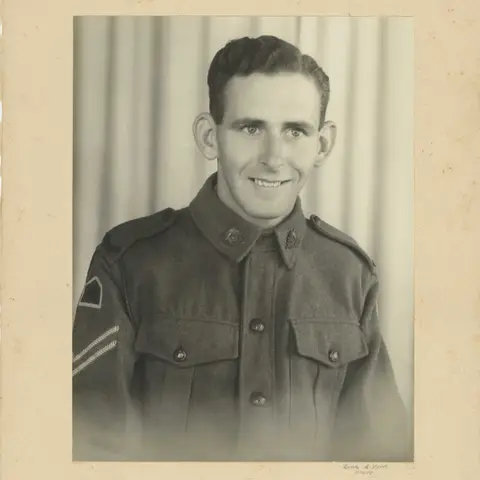
Holly’s maternal grandfather John McMillan, commonly known as Jack.
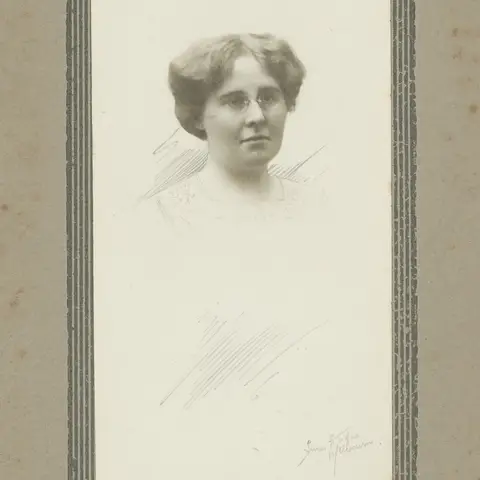
Holly’s great-great aunt Helen Elizabeth Tait, known as Nell.
Ironically, as someone who has worked in and around museums throughout my career, I have never assessed our family’s service history as a whole – rather, as different stories, but not interwoven.
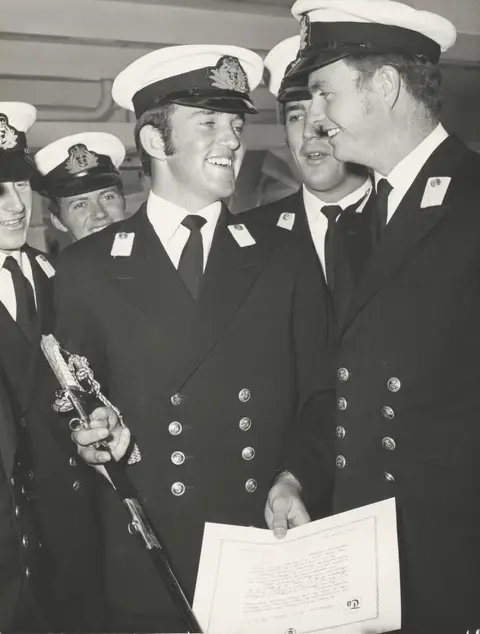
Holly’s father receiving the Jubilee Memorial sword on board HMAS Sydney at the end of his midshipman’s sea training in 1970.
During my husband’s previous posting I volunteered at the museum at HMAS Creswell, where I catalogued the college magazine, produced annually since 1913. This time capsule into the ‘cradle of the Navy’ fascinated me. Particularly when I got to 1967, the year my father joined. The stories we heard as children about the Naval College came to life in these pages, and my task, in turn, became part of my own family’s story.
I am extremely proud of my father’s service: in Vietnam, the First Gulf War (which I vividly remember) and throughout his career. Appointed commanding officer of the guided-missile frigate HMAS Darwin in August 1990, he was ordered to deploy to the Persian Gulf in three days. That Friday afternoon he collected me from Brownies and when we got home, he showed me in an atlas where he was going.
On Monday we went to school as normal. There was a lot of media attention owing to the gravity of the deployment, which, thankfully, did not affect the three of us. We maintained our busy family routine for the next four months and were thrilled to welcome him home a few days before Christmas.
I did not realise it then, but the clippings my mother kept from that time influenced me to keep my own when my husband followed in my father’s footsteps, deploying to the Middle East in HMAS Success a quarter century later. This time, I saved the memories for the family I was creating.
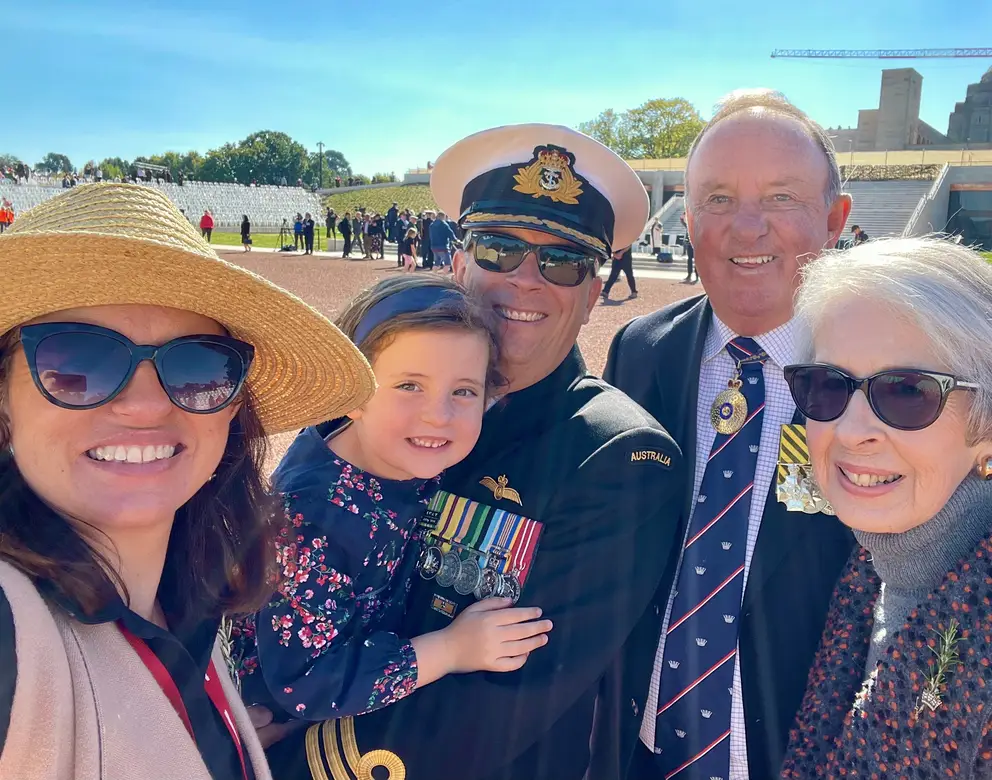
Holly and her family at the Australian War Memorial for the Anzac Day Veterans March in 2024.
I have a huge amount of respect for those who join the Australian Defence Force, and am proud to be part of this ongoing tradition. It is something I am mindful of when speaking to my daughter. She can read her father’s and grandfather’s names on the Tarin Kowt Wall at the Memorial, and learn about what her great-grandfathers did in the jungles of New Guinea. In her short life she has visited Pearl Harbor, seen her father lead his squadron at a Freedom of Entry, and laid a flower at the Long Tan Cross. She joins us to mark Anzac Day and Remembrance Day, and regularly attends the Last Post Ceremony, where she makes a point of remembering Arthur, a complex man she never met and only recently comprehended. But that’s the whole point. We remember.
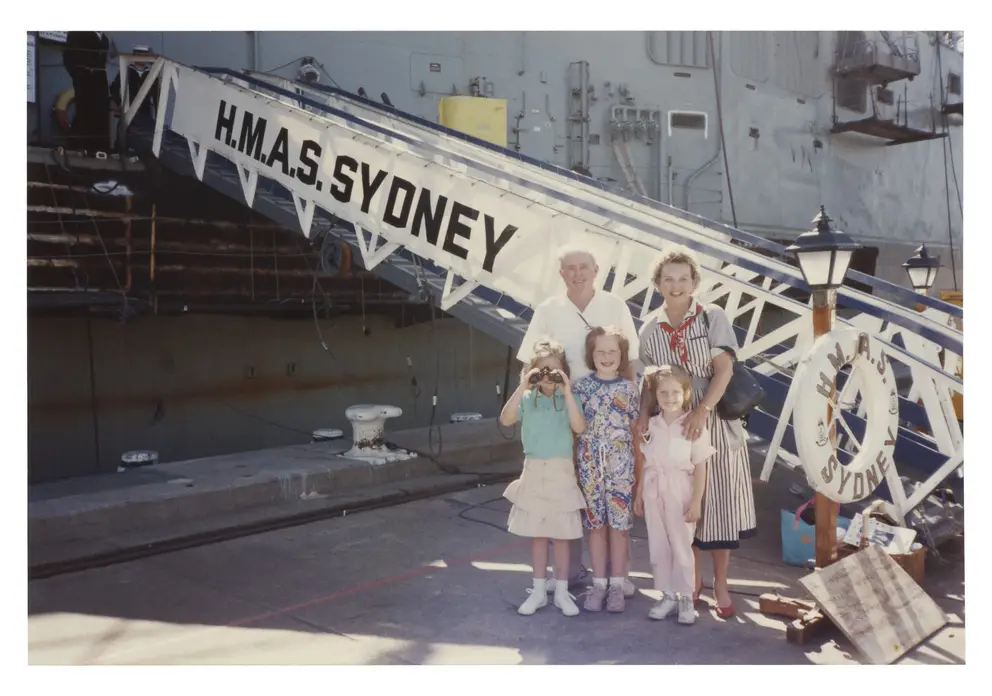
Holly with her paternal grandparents, Ken and Jean Shalders, and sisters at Garden Island, Sydney, during the Bicentennial Naval Review, January 1988.
